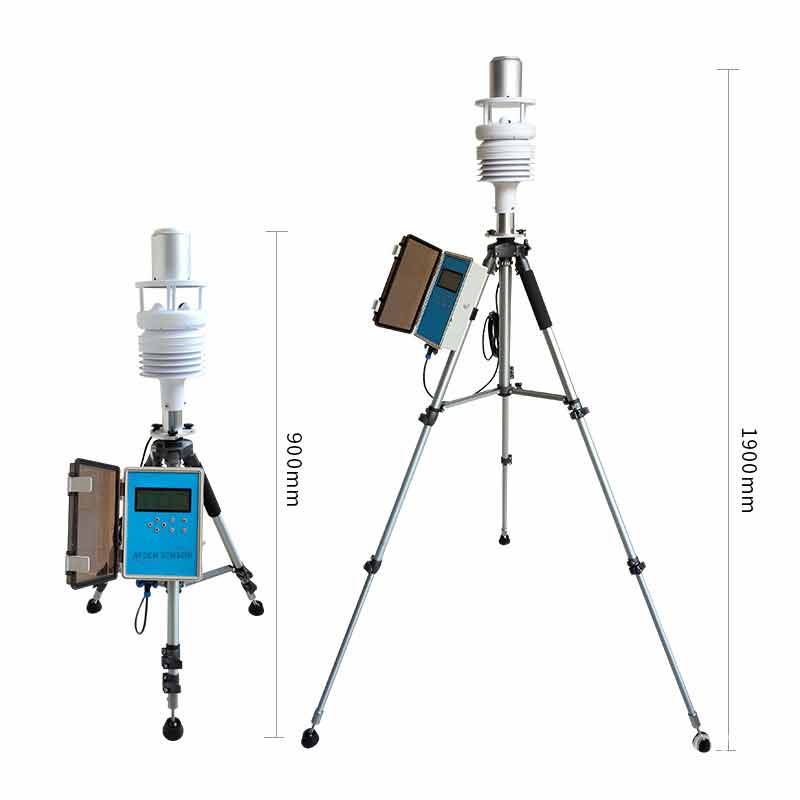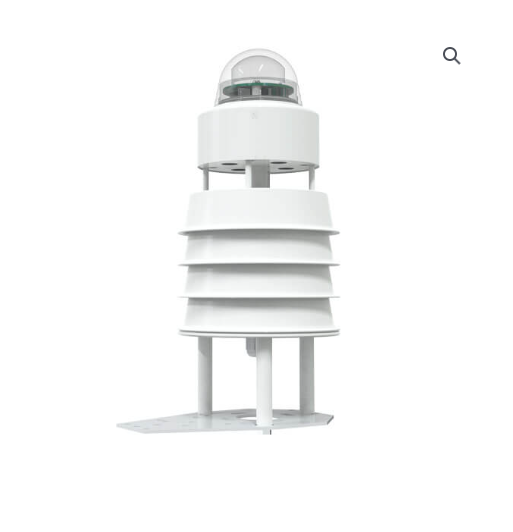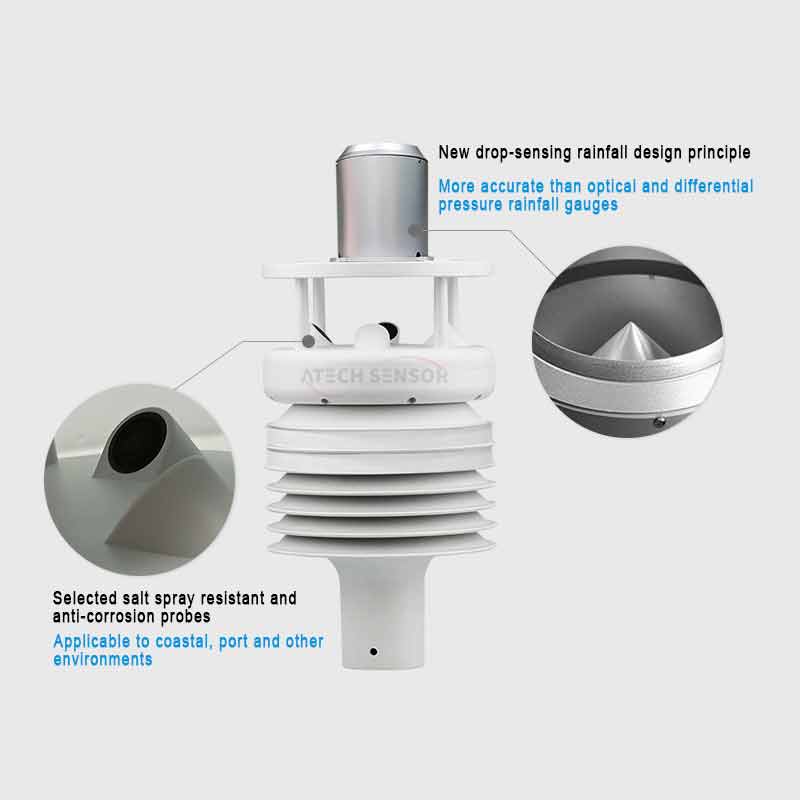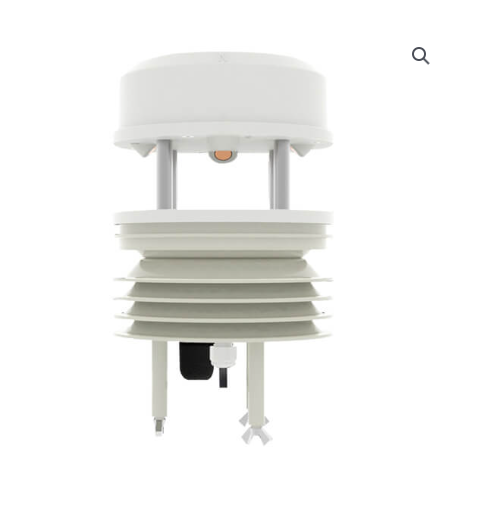The term “ultrasonic” refers to sound waves that have a frequency higher than the upper limit of human hearing. These waves are used in various industries and applications, including in the design of weather stations. This article will delve into the intricacies of an ultrasonic weather station, exploring its functionality, advantages, types, and how to choose the right one for your needs.
Understanding the functionality and types of ultrasonic weather stations is vital for selecting the right device. With the right knowledge, you can ensure that you’re investing in an instrument that meets your requirements and delivers accurate weather data.

What Is An Ultrasonic Weather Station ?
These devices are highly accurate, and their lack of moving parts makes them more reliable and less prone to damage. They’re suitable for a wide range of applications, from home weather monitoring to industrial use.
The ultrasonic weather station is a revolutionary tool that has changed the way we measure and predict the weather. It not only provides more accurate data, but it also allows for real-time monitoring, which is crucial in many industries.
The ultrasonic weather station generally consists of 4 ultrasonic probes, louver boxes, wind speed and direction sensors and other equipment. The weather station contains a variety of weather sensors that can detect environmental factors such as wind speed, wind direction, temperature and humidity, noise, PM2.5 and PM10, CO2, atmospheric pressure, and light. The whole is one piece, with no moving parts, and the structure is compact.
Understanding The Functionality Of Ultrasonic Weather Stations
In addition to wind measurements, ultrasonic weather stations can also measure temperature, humidity, and barometric pressure. They do this using additional sensors that react to changes in these parameters.
The data recorded by an ultrasonic weather station is often displayed on a digital screen, allowing users to monitor the weather conditions in real-time. Some models also have the capability of transmitting data wirelessly to a computer or mobile device.
Advantages Of Using Ultrasonic Weather Stations
There are numerous advantages to using an ultrasonic weather station over traditional weather monitoring systems.
• First and foremost, their accuracy is unparalleled. The absence of moving parts reduces the risk of mechanical failure, ensuring reliable readings at all times.
• Secondly, ultrasonic weather stations are incredibly durable. They can withstand harsh weather conditions without any loss of functionality. This makes them ideal for use in challenging environments where traditional weather stations may fail.
• Finally, ultrasonic weather stations offer the convenience of real-time data access. This allows for immediate action based on the current weather conditions, which can be crucial in industries such as agriculture, construction, and aviation.

Types Of Weather Stations: Comparing Industrial And Portable Models
On the other hand, portable weather stations are smaller and designed for mobility. They are perfect for individuals or professionals who need to monitor weather conditions in various locations. Despite their compact size, they offer the same level of accuracy and reliability as their industrial counterparts.
Both types of weather stations have their unique features and benefits, and the choice between the two will largely depend on the user’s specific needs.
Features To Look For In An Industrial Weather Station
Other important features include wireless data transmission, real-time data display, and the ability to measure multiple weather parameters. Some industrial weather stations also offer data logging capabilities, allowing for the analysis of weather patterns over time.
Benefits Of A Portable Weather Station
Portable Weather Station can collect temperature, humidity, wind direction, wind speed, solar radiation, rainfall, air pressure, illuminance, soil temperature, soil moisture, dew point and other information and make announcements and trend analysis.
Another benefit of a portable weather station is its ease of use. Most models are designed with user-friendliness in mind, featuring intuitive interfaces and clear displays. This makes them suitable for both professionals and hobbyists.
Finally, Portable Weather Station can divided into two forms: wired station and wireless station. With the software, it can realize network remote data transmission and network real-time weather monitoring remotely via a computer or mobile device. It is a small automatic weather station with outstanding cost performance.

Ultrasonic Weather Station Application
Weather Stations For Forest Fire Hazards Application
The resulting data is directly stored in the collector, processed by the data processor, and then displayed through the indoor display part, and the data is sent to the computer in the central station. For the measurement method of each observation factor, the final evaluation of fire danger level and the release of forest fire danger level data are carried out.
The forest fire weather station is equipped with a set of high-performance sensors to monitor wind speed and direction, precipitation, air temperature and relative humidity. It can also measure soil volume water content, soil temperature, solar radiation and many other meteorological parameters related to forest fire prevention.
Weather Station For Highway Application
The system consists of expressway automatic weather station, data transmission, data processing application center and road warning. Meteorological elements that can be observed by automatic weather stations on expressways include conventional meteorological elements (wind, temperature, humidity, rain), visibility and road conditions (road temperature, wet and dry conditions, icing, etc.). Visibility observation adopts scattering type visibility meter, its measurement range is 10~20000m, the accuracy is ±10% (when less than 1000m) and 20% (when greater than 1000m), the resolution is 10m, and the automatic weather station configuration of expressway is flexible. Various observation sensors can be selected flexibly according to requirements.
Weather Stations For Campus Application

How To Choose The Right Ultrasonic Weather Station For Your Needs
Other considerations include the device’s durability, ease of use, and data transmission capabilities. It’s also worth considering the manufacturer’s reputation and the availability of customer support.
By carefully considering these factors, you can ensure that you choose an ultrasonic weather station that meets your needs and delivers accurate, reliable data.
Conclusion: The Future Of Weather Monitoring With Ultrasonic Stations
As technology continues to advance, it’s likely that we’ll see even more innovative features and capabilities added to these devices. The future of weather monitoring looks promising, and ultrasonic weather stations will undoubtedly play a key role in shaping it.

